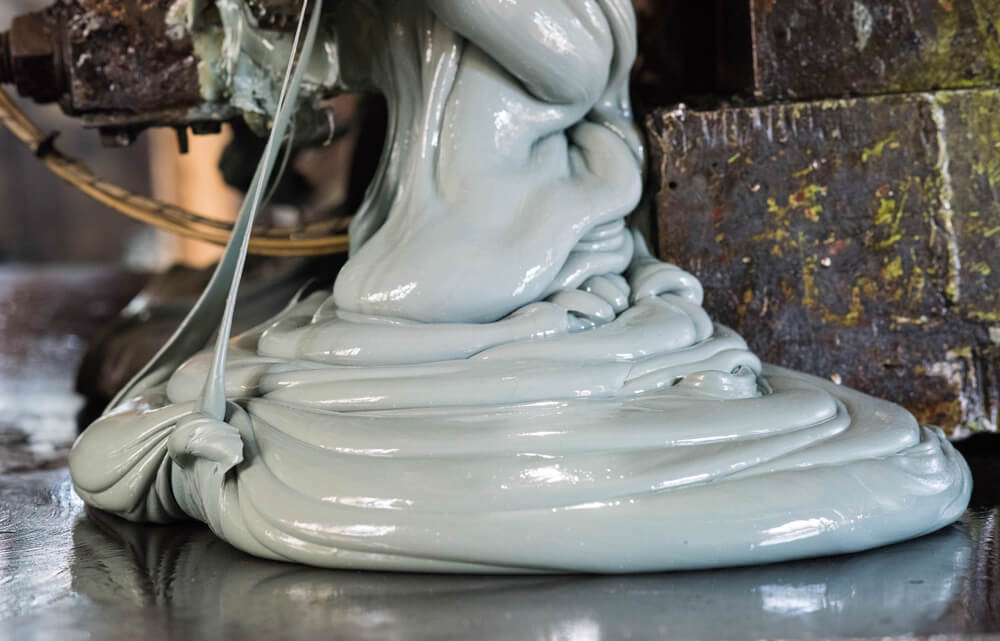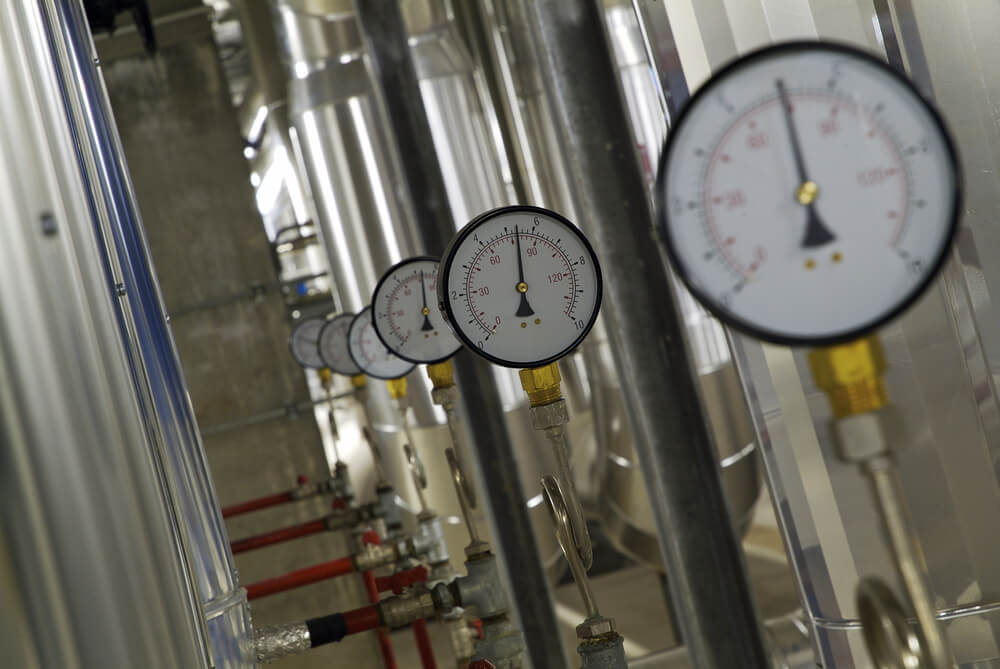Silver streaks (also known as splay marks) are among the most typical defects that can be found in plastic injection molding production. This kind of imperfection marks can come up in different forms and along with some typical causes. This article will address common causes and help your business get rid of them with a number of solutions.
What Are Silver Streaks in Injection Molding?
A silver streak, also known as a splay mark, is a cosmetic defect that is typically visible on plastic parts with a smooth surface. It owns the name silver streak because of the appearance of silvery scratches on the injection-molded part's surface. In addition to appearing as a water wave pattern that cannot be eliminated after the item is molded or shaped, it might impact the finished product's strength. Silver streaks can be categorized into 5 types by their appearance on the plastic surface. By looking at the arrangement of these lines, it is able to trace the cause or influence factors of this error.
- Shear splay
- Heat splay
- Moisture splay
- Air splay and decompression splay
- Contamination splay
The rapid start of the injection, which prevents the air in the melt and cavity from being released soon enough, is a typical cause of silver markings. As a result, the air or gasses present in the molding ingredients show up as silver streaks on the surface of the finished product.
Identifying Common Reasons for Silver Streaks (or Splay Marks)
Heat, shear, moisture, air, and material are the most common factors causing silver streaks. Examining these elements to see which one is the root cause can help businesses devise the appropriate action plan.
Because each of these causes produces a different type of streak, it is easier to distinguish and find ways to resolve the errors. Understanding each circumstance will enable changes in the mold design and thereby eliminate splay marks from an injection molding process.
Poor Melting and Plasticization of Raw Materials
When the material is not entirely melted and plasticized in the barrel, it will become visible on the surface of the plastic product and cause silver streak defects in the form of black specks. These black specks appear like mica flakes and are about the size of material pellets.
Transmitted light can cause the product to have poor transparency at the specks, and occasionally the convex raw material pellets can be seen clearly.
Inappropriate Mold Exhaust, Mold Temperature, or Material Temperature
Decomposition occurs as a result of the heating system being out of control, which raises the temperature too high. Look for any issues with the heating elements, such as the heating coils and thermocouples. Additionally, improperly designed screws might leak air in or cause decomposition.
Applying too much heat to the material can also lead to decomposition. If the heating is uneven or the barrel temperature is too high, the temperature should be reduced gradually. A portion of the plastic will prematurely melt if the feeding section's temperature is too high, filling the groove and preventing air from venting via the feeding port.
Meanwhile, the plastic particles must be degassed successfully to remove the air between them. The degassing will not perform well when setting the melt barrel's temperature so high that the plastic particles' surfaces melt and adhere to one another before compression.
Insufficient material flows, excessively large feeding buffers, inadequate material temperature, or mold temperature can all impact the fluidity and molding pressure of the melt.
The best practice for stabilizing the temperature is using a mold temperature controller. Flying Tiger provides different models of temperature controllers: water type and oil type. The operate-safe design with the centralized display panel will best monitor the production line.
Inappropriate Pressure or Pressure Maintaining Time
If the screw back pressure is too low and the speed is too high during pre-molding, the screw will return too quickly, which can readily drive the air and material to the front end of the barrel.
Heat-sensitive polymers, such as PVC and PC, are easily converted into a gas at high temperatures if the melt tube temperature, back pressure, and melt speed are set too high, or the forming cycle is too long.
Poor Fluidity of Melting Material (Low FMI)
Too much material build-up accumulated between the feed throat and dryer supply can create silver streak defects. Because in some places, materials can absorb moisture within an hour.
These flammable compounds also turn into gasses at high temperatures in the solution when exposed to air during the production of plastics. The process is similar to water or oil inhalation or combinations in the wrong proportion.

How to Prevent Silver Streaks/Splay Marks in Molded Parts?
Silver marks not only detract from the plastic components' aesthetics but also weaken plastic parts' mechanical integrity. Processors and manufacturers, therefore, need to understand how to prevent the silver streaks or splay markings in molded parts to achieve the highest quality goals.
Raise Barrel Temperature and Improve Mold Cycle Time
To eliminate the dark specks, consider adequately raising the barrel temperature and appropriately lengthening the molding cycle, depending on the cause identified.
Applying the internal heating sprue or enlarging the runner and cold slug properly can be a solution. Also, using a plastic injection molding machine with a reasonably large barrel helps enhance the plasticization of the melt.
Raise Mold Temperature
When the first melt is cooled down too fast, the following hot melted plastic is pushed forward to the initial causing splay marks as water wave lines.
Raising the melt and mold temperatures, quickening the injection rate, and lengthening hold-in periods can all help eliminate the splay mark defect.
Likewise, nozzle or mold temperature variance can be the cause of the defects. Beginning-of-fill splay can occur when there is a significant temperature drop when material enters the mold from the nozzle. The solution is to raise the mold's temperature or lower the nozzle's temperature.
Improve Mold Design
Due to design flaws such as improper gate placement, diminutive gate, asymmetrical gate deployment, an unusual runner, and an inadequate mold cooling system, the mold temperature can vary greatly, preventing the melt from flowing smoothly into the hollow and obstructing airflow.
Consider Material with Good Fluidity
In addition to producing silver streaks, material containing trace amounts of water will also be the cause of wave current patterns, whitening, bubbles, and other unwanted phenomena. Additionally, the impurity material negatively affects a material's ability to flow and accelerates thermal degradation.
Hence, when selecting molding materials, it is advisable to select the ones with better fluidity whenever possible.
Consult Flying Tiger to Mitigate Injection Molding Defects
Flying Tiger is one of the top pioneers in providing a range of machinery and technology for plastics manufacturing. Our solutions to mitigate the silver streaks in plastic injection molding include PET Preform Molding, PET Extrusion, PET Flake Recycle, Cooling & Chilled Water, and so on.
If your business is looking for expert assistance in plastic injection molding, Contact Flying Tiger now! We are always happy to assist you in achieving plastics manufacturing goals.
Back







